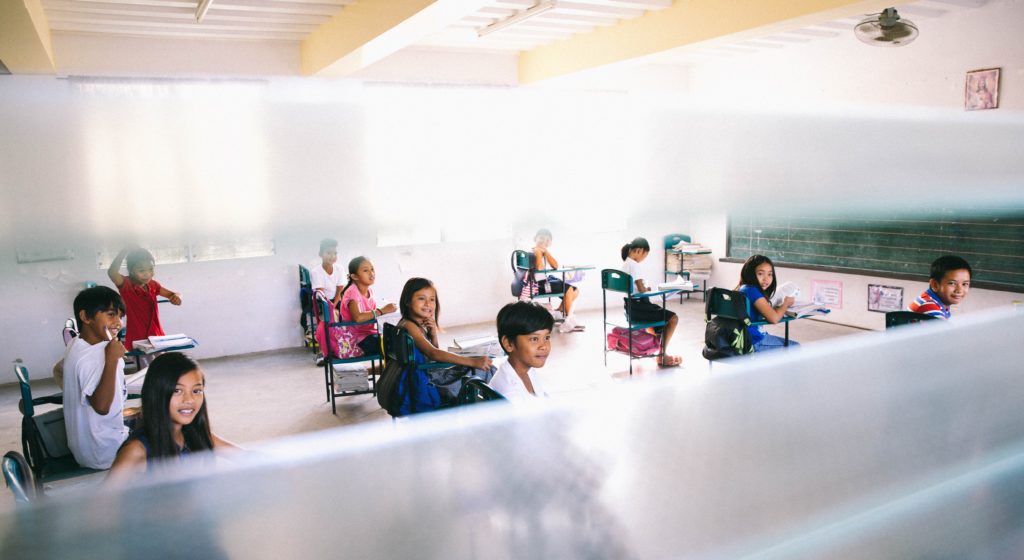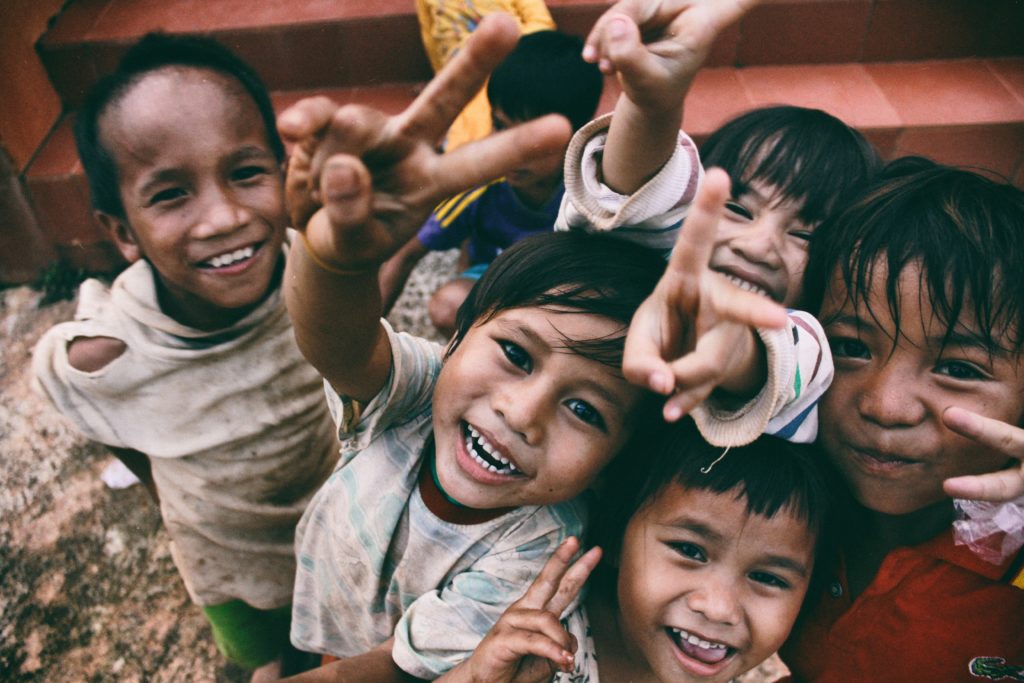How poverty affects education in the Philippines
Education is a basic factor in economic development and how poverty affects the education in the philippines. At the microeconomic level, education has an important role in social mobility, equity, public health, better opportunities for employment, etc. In the case of the Philippines, Filipinos have a high rate of illiteracy.

According to figures from the Department of Education and the National Statistical Coordination Board in the Philippines, 1 in 6 Filipino kids will not attend school, and only 7 out of 10 kids will complete elementary school.
Only 4 out of 7
Of those seven children, only four will complete high school education, and of those 4, just one will proceed onto the university. Which is the main reason for poverty?
As of 2018, a quarter of the 105 million Philippine population lived in poverty, that is, over 26 million people. Through various anti-poverty programs, such as the Comprehensive Agrarian Reform, and the Social Reform Agenda, the Philippines has been through a long battle to improve those statistics.
Despite these governmental efforts, the race on how poverty affects education in the Philippines and reduce illiteracy in the Philippines has been a slow process.

The poor in the Philippines are most likely self-employed farmers, fishermen, or other agricultural workers who, instead of sending their children to school for proper education, prefer to see them at the farm.
As of 2015, about 58% of poor households had more than six members. This fact has proven to be a major contributing factor to the lack of education in the Philippines.
How poverty affects the education in the philippines
For most of these poor households, only about 60% of the family members have education up to elementary school. As a result of this, over 18.4 million Philippines are living in extreme poverty, surviving on an average budget of $1.25 per day.
An average Filipino family consists of six children, of which two of the children are likely to be stunted due to malnutrition. According to medical experts, children who remain malnourished in the first 1000 days of their lives do not fully develop the neural connections in their brains.
This can be a major stumbling block, as it inhibits their ability to reach their full potential, thereby damaging their chances of proper education.
Damages caused by poverty due to lack of education in the Philippines
Increased child prostitution is how poverty affects education in the Philippines
Due to inadequate care and proper education, many Filipino children take to the streets to fend for themselves and their families. They are searching for a means of survival. These children see prostitution and other forms of harmful activities as an easy route out of their current predicament.
Foreign tourists and locals alike use these children as child prostitutes to either satisfy their needs or that of their clients.
Increase Child Trafficking
Another concern about how poverty affects education in the Philippines is child trafficking in the Philippines. This is a major concern for the government to protect the children. Traffickers are constantly on the lookout for young children of very tender age to service clients. Various security agencies have raided brothels and found young children as young as 13 years old servicing about 15 individuals every night.
Increased drug Abuse
Children from low-income families often spend most of their time on the streets or the farm. Instead of getting proper classroom education, they engage with harmful activities on the streets.
A recent study by experts shows that up to 40% of street children had used drugs in the past. Other reports suggest that 66- 85% of children had used inhalants, and 3% had used marijuana.
Increased Child Labor, is How poverty affects education in the Philippines.
Most Philippine parents that are unable to meet up with the financial needs of their children often send them out to work on the streets or factories. Instead of striving for better education to help shape their future, these children are forced to start earning money for their food and shelter at an earlier age.
According to the National Statistics Office, 3.6 million Filipino children, aged 5-17, are child laborers, and this figure alone comprises roughly 15.9% of the total Philippine population.
Causes of Poverty
Lack of Infrastructure
This is one of the biggest problems that both prevents the economy from growing and makes poverty in the Philippines even worse. There’s been a dire lack of investment in infrastructure for both new and existing projects.
Corruption is how poverty affects education in the Philippines
Corruption is one of the major contributing factors to poverty in the Philippines. Most times, shady deals are made between government officials and private organizations to rob the nation of some form of resources.
This lack of transparency in government scares away foreign investors and contributes to their reluctance to invest in the Philippines.
Income inequality
A report in 2014 by Forbes reported that the wealthiest families in the Philippines were worth around US$72.4 billion. When compared to the rest of the population, that is a vast disparity.
A 2009 report further showed that the poorest 20% of the population had only 4.45% of the national income.
Income inequality in the Philippines is the highest when compared to other neighboring nations.
Possible Solutions
Investing in affordable, high-quality child care and education
The lack of affordable, high-quality child care is a significant barrier to helping children attain adequate brain development that will foster further learning. On average, federal child care assistance reaches only one in six eligible children.
Boosting investments in programs like Save the Children and The read first Program would help to provide high-quality child care for infants and toddlers, thereby improving the chances of proper learning capacity.
It is also well known that the earlier a child receives an education, the more developed they are in necessary skills like reading and writing.
Providing Free, adequate Educational Materials
Basa Pilipinas is another reading program in the Philippines funded by USAID. The program focuses on providing sufficient learning materials, books, and facilities as well as instructing teachers on more effective ways to educate their students. As of 2013, the project had trained about 19,000 teachers and distributed nearly 8.1 million reading materials, helping to teach 1.6 million new readers, according to USAID.
Reduced cost of living or Increased Employment
Perhaps one of the worst problems that prevent children from going to school in the Philippines is the cost. Many low-income families cannot afford to pay for their children’s education and usually have the child work as a hand in the field, family business, or around the house.

Cash grants, funded by the Asian Development Bank, is a program that gives money to poor Filipino families who cannot afford to send their children to school.
Our program Nest Step Philippines also allows teens to gain an education and become a successful member of the local community.
Bottom Line
Despite the deadly effect of poverty on education in the Philippines, these programs, along with others created, are striving to create a sustainable education system for children. By improving education in the Philippines, Nest Step Philippines and other programs are contributing toward eliminating poverty at the roots.
~NSP staff
